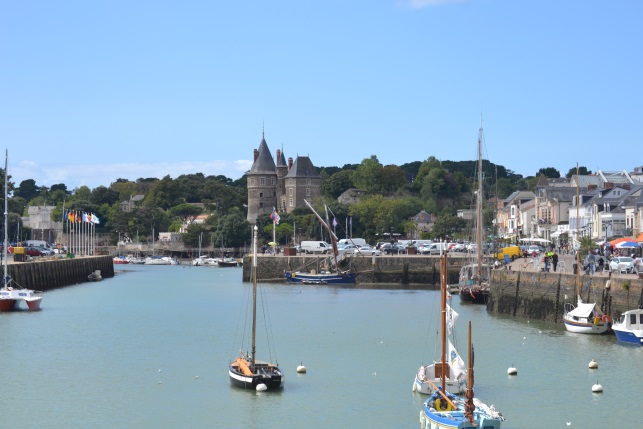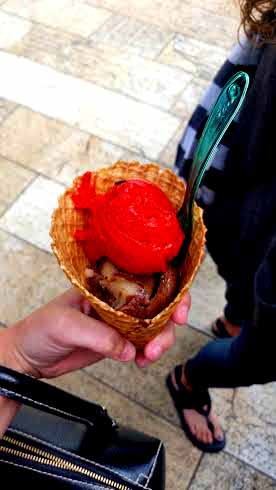Adventures in Nantes: Let The Fun Begin
Last semester, I studied abroad in Nantes, France as part of Grove City College’s study abroad program. Below I talk about some of the French towns I visited.
During the first six weeks, GCC’s ESC Program requires students to attend field trips to local cities and towns located in France’s Bretagne area as well as France’s capital, Paris. The first six field trips are mandatory as a participation grade for Engineering Management and Cross-Cultural Communication (an academic course that both GCC and ONIRIS students participate in, over the course of the semester) and costs are completely covered by Grove City College. I could write endless pages about each city, but I will give the top highlights of two French towns, Pornic and Anger.
Located on the Northwestern coast of France, Pornic is primarily known for its quaint shipping port and historic castle. The town is filled with bright colored buildings, seafood restaurants and cute shopping boutiques. The people of the sea are inviting and friendly, expressing the relaxed and genuine vibe the region gives off. Although Pornic appears peaceful, the tide hides a hidden terror. During the daylight hours, the tide is far out to sea, causing the shore land to be dried out. As the day turns into night, the tide swiftly comes into shore, causing the marina to fill up. If not careful, the tide can easily sweep away uninformed individuals.
Once we stepped off the TGV (France’s high speed bullet train that reaches up to 200 mph), we headed to the beach where the air was cool, the sand soft and the water very clear. I found numerous pieces of sea glass on the water’s edge as I walked the shoreline. Some of the guys on our trip had courage enough to brave the freezing cold waves and dive in. After leaving the beach we headed to one of the best gelato/sorbet shops I have ever been to. Pornic is specifically praised for their chocolate pears as well as strawberries, so I enjoyed a beautiful assortment of these flavors in a delicious waffle cone.
Anger, southwest of Paris, is the third most populous region in Northwestern France. As I stepped off the TGV I felt as though I was a princess entering a magical kingdom. From the cobblestone passage ways, to the half-timbered buildings, Anger exemplifies France’s historic Gothic and Romanesque style and history. We first visited the St. Maurice Cathedral which is preceded by an enormous stone stairway. The cathedral stands tall with large stained glass windows, flying buttresses and vibrant towers. The pulpit is carved out of wood and dates to the 19th century, representing the Word of God from the Old and New Testaments. The relics of Christian martyrs are also found at this cathedral, located behind the High Altar. Anger’s incredible castle, Chateau d’Angers, is home to the Revelation Tapestry, also known as the Apocalypse Tapestry, which depicts Jesus’ and St. John’s intimate experiences in the book of Revelation. The tapestry stretches for a yards and includes the original 90 scenes.

